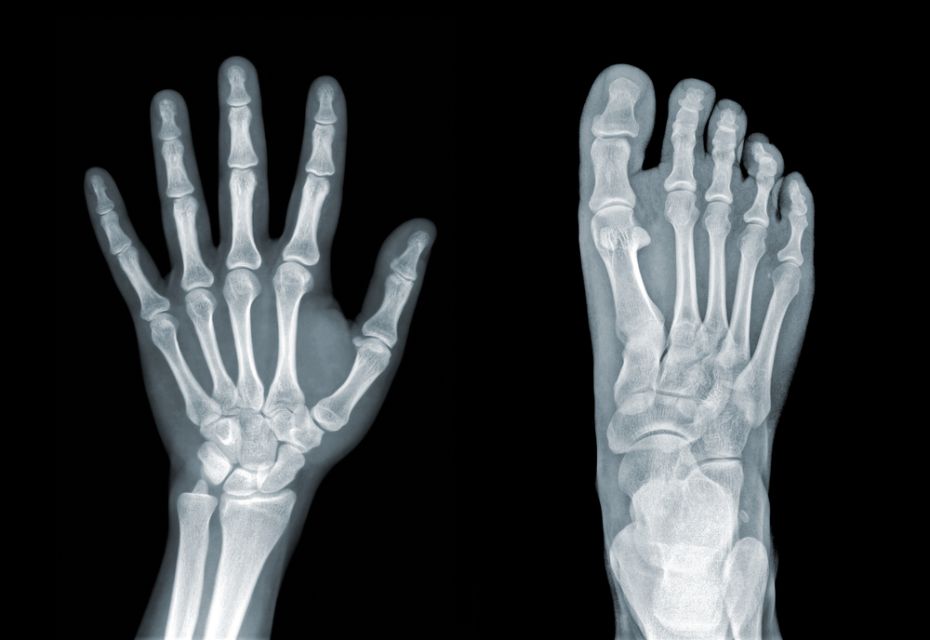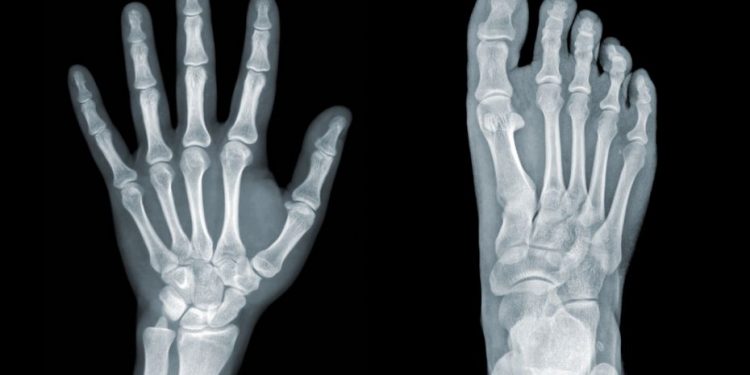Osteosarcoma is a type of cancer that happens in bone. It most often affects the bones of the arms and legs, but it can occur in any bone. Treatment can help most children with osteosarcoma.
Bone cancer is usually diagnosed with X-rays and sometimes with other tests. Your child may need a biopsy to find out whether the tumor is cancerous (malignant) or not. A biopsy is when a doctor with special training takes out a small piece of the bone tumour and looks at it under a microscope to check for cancer cells. Some non-cancerous (benign) tumors and some infections can look similar to an osteosarcoma on X-rays, so the doctor needs to take a tissue sample to be sure it is an osteosarcoma.
Most people with osteosarcoma have chemotherapy (medicines to kill cancer cells) before and after surgery. Chemotherapy can cause side effects like nausea and vomiting, tiredness and loss of appetite. It usually lasts about 10 weeks. Children can have lower doses of chemo because they have less chance of getting serious side effects than adults.
Your child might also have radiation therapy, which uses high-energy X-rays to kill cancer cells and shrink the tumour. It’s usually used after surgery, but it can be given before surgery to shrink the tumour or catch any cancer cells that might have escaped during surgery. Your child might have this treatment at a specialist hospital with experts in bone cancer and radiation therapy.

Some high-grade osteosarcomas spread (metastasize) to other parts of the body. If this happens, your child’s prognosis is worse.
After the treatment has finished, your child will need to have regular follow-up appointments with a doctor. These will include a full physical and blood tests to check for any late effects of treatment. Your child might also need a bone scan and CT scan to monitor the condition of the bone.
If the bone cancer has not spread from the original site, about 76% of children who are treated before it spreads live for at least five more years. This is true even if the cancer has spread to nearby areas or has spread to the lungs.
If the bone cancer has spread, many children do not survive. This is because it is harder to treat metastatic bone cancer. Your child will need to be seen by a team of doctors who specialise in bone cancer, including an orthopaedic oncologist (bone cancer surgeon), a medical oncologist and a clinical nurse specialist. They will decide on the best treatment for your child. They will take into account the type of cancer, its grade, how far it has spread and what other organs might be affected. The team will also consider your child’s general health and family history. They might recommend taking part in a clinical trial. This is where new treatments are tested and studied before they are widely available. You can get more information about this from your local cancer services or your child’s oncologist.











